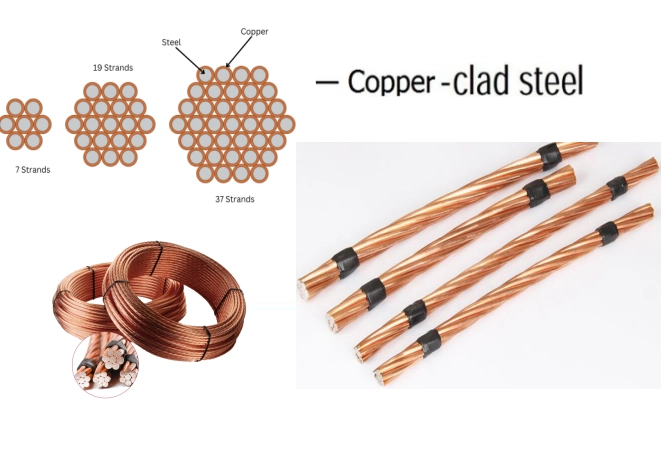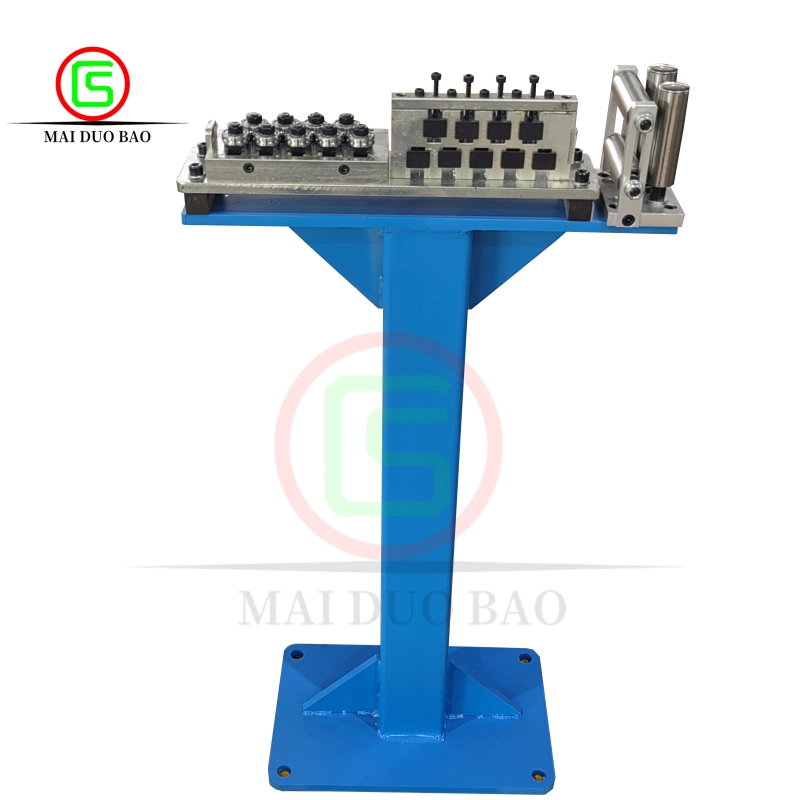In the quest for improved indoor air quality (IAQ) and energy efficiency, Energy Recovery Ventilators (ERVs) have emerged as a pivotal solution for both residential and commercial spaces. However, the effectiveness of an ERV largely hinges on its installation location. This article delves into the strategic placement of ERVs, exploring optimal locations, installation considerations, and the impact on overall system performance.
Understanding ERVs: A Brief Overview
Before diving into installation specifics, it’s essential to understand what an ERV is and how it functions. An ERV is a mechanical ventilation system designed to exchange stale indoor air with fresh outdoor air while transferring heat and moisture between the two airstreams. This process not only enhances indoor air quality but also reduces energy consumption by minimizing the load on heating and cooling systems.
Ideal Locations for ERV Installation
- Centralized Locations:
- Basements or Utility Rooms: For many homes, the basement or a dedicated utility room serves as an ideal location for ERV installation. These areas typically provide easy access to ductwork and can accommodate the necessary electrical and plumbing connections. Additionally, placing the ERV in a central location allows for more efficient distribution of conditioned air throughout the building.
- Attics:
- In some cases, attics can be suitable for ERV installation, especially in homes with limited basement space. However, careful consideration must be given to insulation and temperature control in the attic to prevent the ERV from being subjected to extreme temperatures, which could impact its efficiency and lifespan.
- Near Existing HVAC Systems:
- Installing an ERV close to existing HVAC systems can facilitate easier integration into the overall ventilation strategy. This proximity allows for a more seamless connection to ductwork, ensuring that the fresh air supplied by the ERV is effectively distributed throughout the building.
- Exterior Walls:
- For buildings without extensive ductwork, wall-mounted ERVs can be installed directly on exterior walls. This installation method is particularly beneficial for smaller spaces or retrofitting projects where traditional duct systems are impractical. Wall-mounted units can draw in fresh air from the outside while exhausting stale air without the need for extensive ductwork.
Key Considerations for ERV Installation
- Airflow Dynamics:
- Proper airflow dynamics are crucial for the effective operation of an ERV. The installation location should allow for unobstructed airflow to and from the unit. Avoid placing the ERV in areas where furniture or other obstructions could impede air circulation.
- Moisture Control:
- Given that ERVs are designed to manage moisture levels, it’s vital to consider the humidity levels in the installation area. Locations prone to high humidity, such as basements, may require additional moisture management strategies to prevent mold growth and ensure optimal performance.
- Accessibility for Maintenance:
- Regular maintenance is essential for the longevity and efficiency of an ERV. Therefore, the chosen installation location should allow for easy access to the unit for filter changes and system checks. This consideration is particularly important for commercial installations, where downtime can significantly impact operations.
- Local Climate Considerations:
- The local climate can influence the effectiveness of an ERV. In regions with extreme temperatures, additional insulation or protective measures may be necessary to ensure the unit operates efficiently year-round. Understanding the specific climate conditions can help in selecting the most appropriate installation location.
The Impact of Proper ERV Placement
The strategic placement of an ERV can significantly enhance its performance and the overall indoor air quality of a space. When installed correctly, an ERV can effectively balance indoor humidity levels, reduce energy costs, and improve the comfort of occupants. Conversely, improper installation can lead to inadequate ventilation, increased energy consumption, and potential indoor air quality issues.
Conclusion
In conclusion, the installation of an Energy Recovery Ventilator is not merely a matter of placing a unit in any available space; it requires careful consideration of various factors, including location, airflow dynamics, moisture control, and accessibility. By strategically placing ERVs in optimal locations, homeowners and building managers can unlock the full potential of these systems, ensuring improved indoor air quality and energy efficiency. As the demand for healthier indoor environments continues to rise, understanding where and how to install ERVs will be crucial for achieving sustainable living and working spaces.

